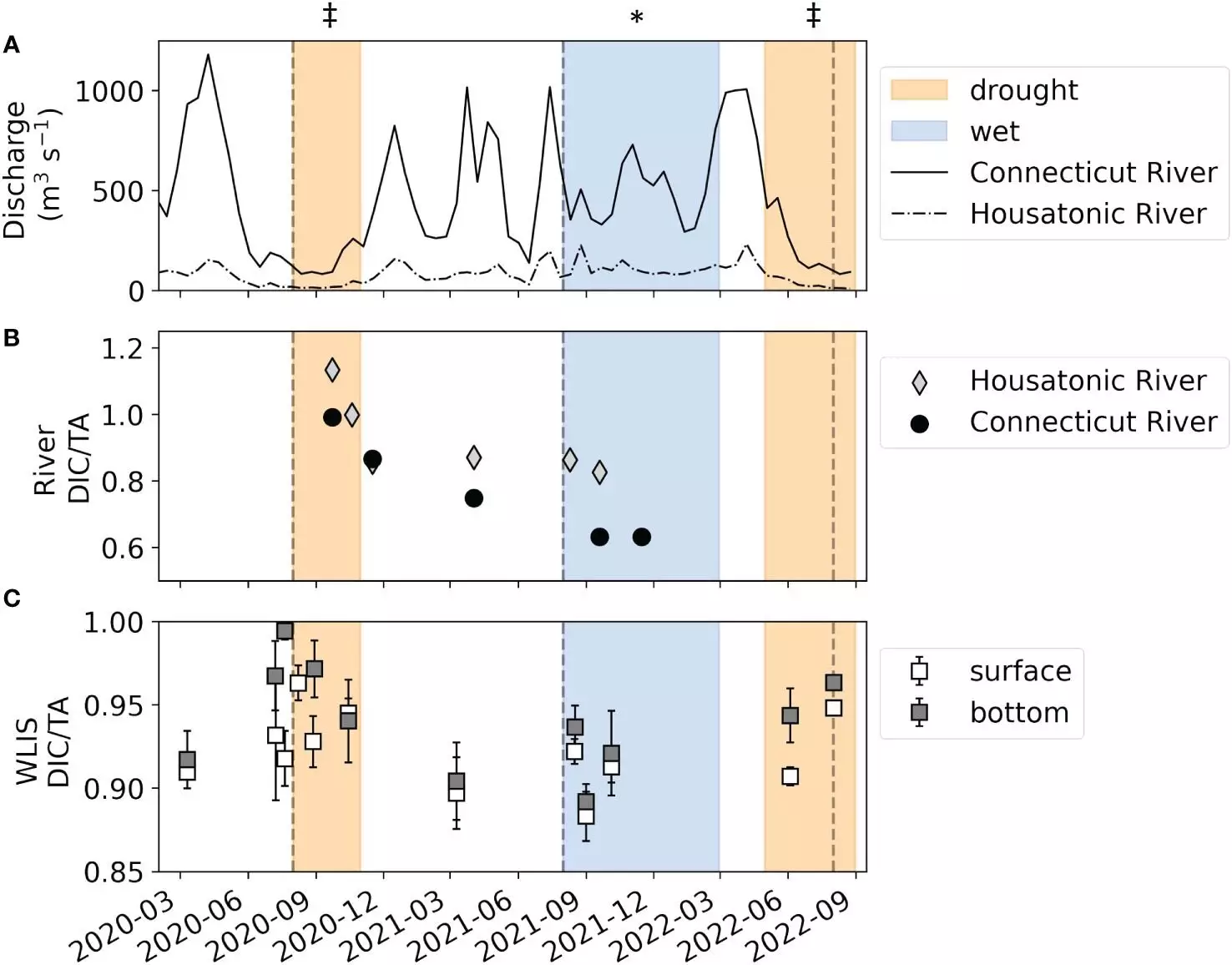Long Island Sound (LIS) is not merely an estuary; it’s a lifeline for biodiversity and a crucial resource for coastal communities. Located in the North Atlantic, this inlet is caught in a precarious balance between human activity and natural ecosystems. The urban backdrop provided by nearby New York City adds layers of complexity to this environment, turning it into a hub for transportation, fishing, and recreational activities. However, increased anthropogenic pressures have necessitated a critical evaluation of the ecological health of this vital marine ecosystem.
Human activities are pivotal, ranging from passenger ferries to commercial shipping, all of which contribute to traffic and pollution. This incessant presence has led to substantial environmental degradation, posing a serious threat not just to the marine flora and fauna but also to the overall health of LIS. The effects are profound and troubling, with noise pollution and chemical runoff leading the charge towards the alarming phenomenon of eutrophication, which has dire implications for marine biodiversity.
The Eutrophication Dilemma
Eutrophication is characterized by an over-enrichment of nutrients—primarily nitrogen—from sources such as fertilizer runoff, wastewater discharges, and atmospheric deposition. This nutrient influx catalyzes a boom in algal populations, which can choke the water with blooms, leading to negative downstream effects. The pivotal concern arises when these algae die off; their decomposition consumes significant quantities of dissolved oxygen, creating hypoxic or even anoxic conditions detrimental to marine life.
What is unsettling is how this cycle has been intricately tied to the health of fish populations within LIS. The resultant dead zones from hypoxia do not just impact fish; they ripple across the food web, affecting everything from crustaceans to mammals. The consequences are painfully evident: mass die-offs occur, threatening not only the biodiversity of this precious ecosystem but also the livelihoods dependent upon it.
Research Insights: Investigating Acidification
Recent research conducted by Lauren Barrett and her colleagues from the University of Connecticut shines light on another insidious consequence of eutrophication—ocean acidification. While often overshadowed by other environmental crises, the acidification of marine environments poses a grave threat, especially as it can disrupt the carbonate system that forms a foundational layer for many marine organisms. Barrett’s work focused on collecting crucial data over the span of two years, assessing changes in two key chemical parameters: dissolved organic carbon and total alkalinity.
What makes their findings particularly alarming is their connection with climate variability. During tropical storm years, where freshwater influx was markedly higher, the research indicated a reduction in acidifying conditions in LIS. Conversely, drought seasons led to elevated organic carbon and total alkalinity, exacerbating acidification. The stark contrast in these seasons underscores the intricate relationship between hydrology, eutrophication, and acidification—it is a shocking reminder that our environmental conditions can transform drastically in a relatively short time.
The Road Ahead: Mitigation and Action
While the implementation of nitrogen reduction measures has made strides—reducing nitrogen inputs by 58.5% from 2000 to 2016—there remains an urgent need for further actions to mitigate both hypoxia and acidification. As climate change progresses, the forecast for worsening droughts only intensifies the challenge; the cyclical relationship between nutrient load and water flow becomes a critical focal point for conservation efforts.
However, it’s not merely about reducing nitrogen inputs. A multi-faceted approach is required. This includes enhancing wetland restoration to act as natural filters and revising land-use policies to decrease runoff from agriculture. Collaboration among local stakeholders, scientists, and governmental bodies is imperative to holistically address both nutrient enrichment and the resultant acidification.
Moreover, public awareness and engagement play vital roles. Initiatives to educate the public about LIS’s environmental challenges—through community outreach programs and citizen science—could inspire collective action aimed at preserving this critical ecosystem.
Concluding Thoughts on Responsibility and Hope
As stewards of our environment, we carry the responsibility of ensuring the health of ecosystems like Long Island Sound. The research emerging from LIS offers insight into the threats posed by human activities and highlights the urgent need for strategic and well-informed interventions. Failure to act could spell disaster for both marine life and human communities reliant on its resources. The time for action is now, as the consequences of inaction will echo across generations, ultimately threatening the basic fabric of marine and coastal biodiversity.

